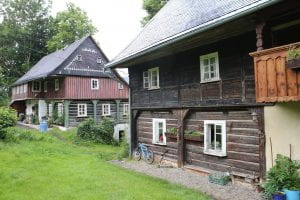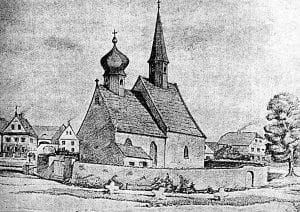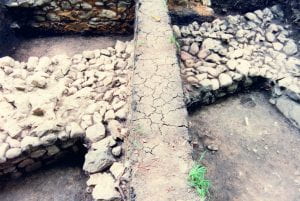
Research into rural settlement in the Czech Republic over several decades has shown many nucleated villages which developed from the 13th century were dramatically disrupted by the Thirty Years´ War (1618-1648) and in the 20th century by post-1945 ethnic cleansing in former Sudetenland, communist collectivisation and post-1989 privatisation which has developed new forms of agro-tourism in some places but depopulated others.


Excavation in surviving medieval villages in the 1990s was mostly rescue archaeology (Nováček–Vařeka 1996) before complete demolition for mining but this did show inhabited settlements could provide valuable evidence for medieval and post-medieval settlement development (e. g. Vařeka 2001, Vařeka 2020) and could also contribute significantly to the study of 20th century social, economic and ethnic changes (Vařeka – Vařeková 2015, 395-396).
Public archaeology has been slowly developing in the Czech Republic in last decades, with traditional museum approach supplemented by new activities such as archaeoparks, living history, workshops and educational programmes for basic and secondary schools (reported in the proceedings of nine annual conferences “Archeologie a veřejnost”). There have however been no hands-on community archaeology projects in the Czech Republic.
